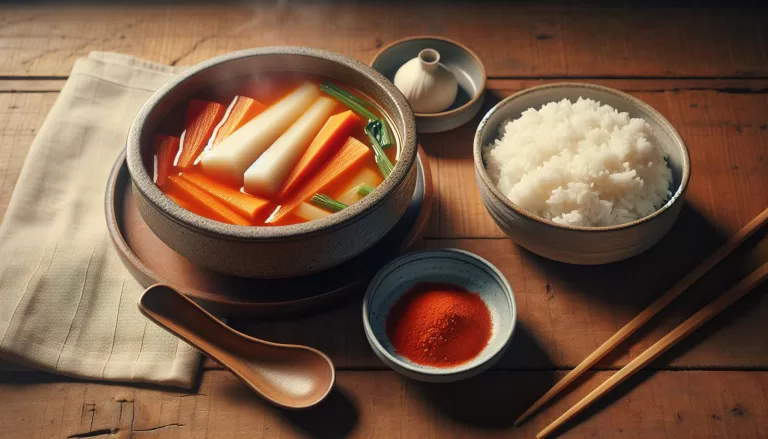Unraveling the Delicacy of Japanese Food: A Rundown of Japanese Dishes You Need To Try

The Richness of Traditional Japanese Food
The food culture in Japan is deeply rooted in tradition, showcasing a rich cultural heritage that mirrors the country’s history and lifestyle. Traditional Japanese food, also known as Washoku, relies heavily on fresh, in-season ingredients handled with precision to retain their natural flavors. Its preparation method focuses on enhancing these flavors instead of confusing them.
One such traditional dish is Miso Soup, a staple consumed by many Japanese on an almost daily basis. Miso soup is a traditional Japanese soup made from a base of stock called Dashi, fermented soybean paste (Miso), and various foods such as tofu and seaweed. It is usually served with rice as part of a set meal.
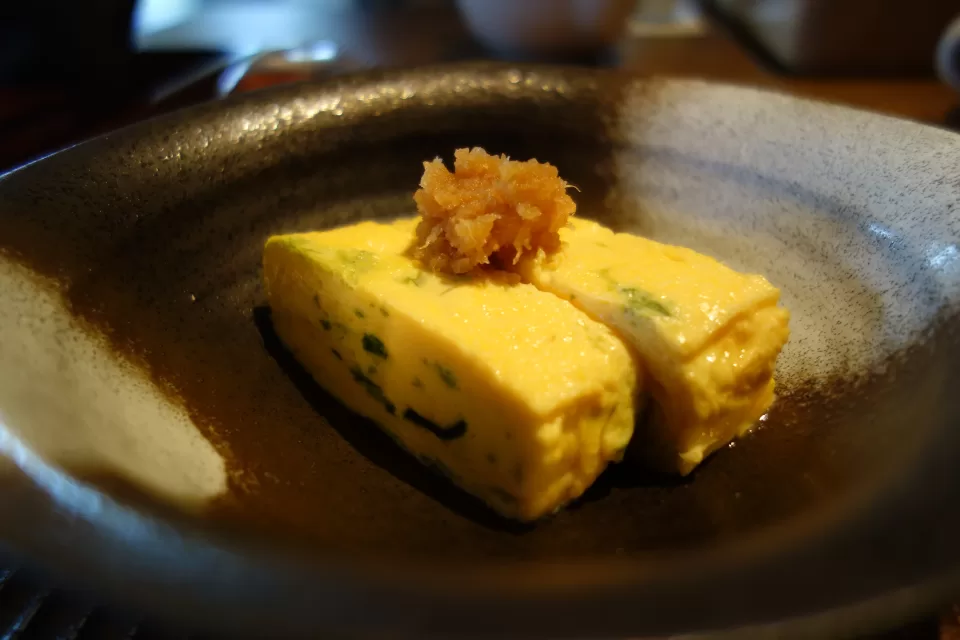
Tamagoyaki is another example. Often found tucked into bento boxes or served as side dish at breakfast, Tamagoyaki is a popular Japanese dish known for its sweet and savory flavor. This rolled omelet is unique to each cook, having been tweaked to personal preferences.

Authentic Nihonshu – The Japanese Rice Wine
An intrinsic part of the Japanese Diet is the traditional Sake or Nihonshu (Japanese word for ‘Japanese liquor’). Made from fermented rice, it occupies an essential place at celebrations and ceremonies. With its nuanced flavors ranging from sweet to dry, it encapsulates the spirit of Japanese cuisine.
The Tantalising Taste and Variety of Popular Japanese Dishes
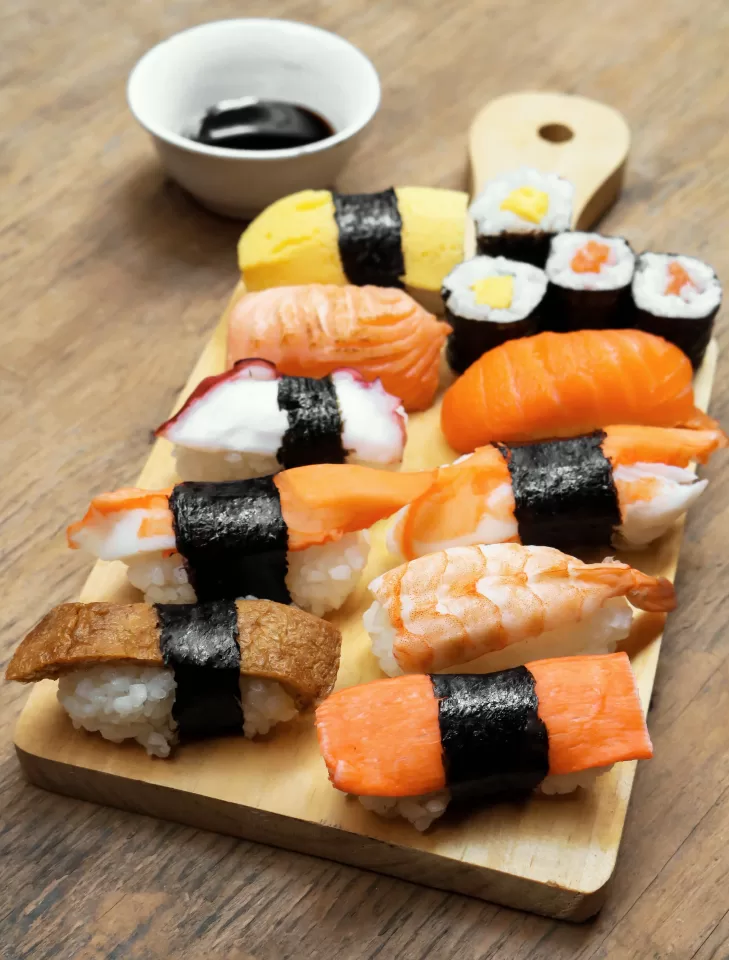
When diving into popular popular dishes in Japan, sushi undoubtedly takes center-stage. A classic representation of the country’s cuisine, sushi features vinegared rice combined with various ingredients such as fish (often raw) and vegetables.
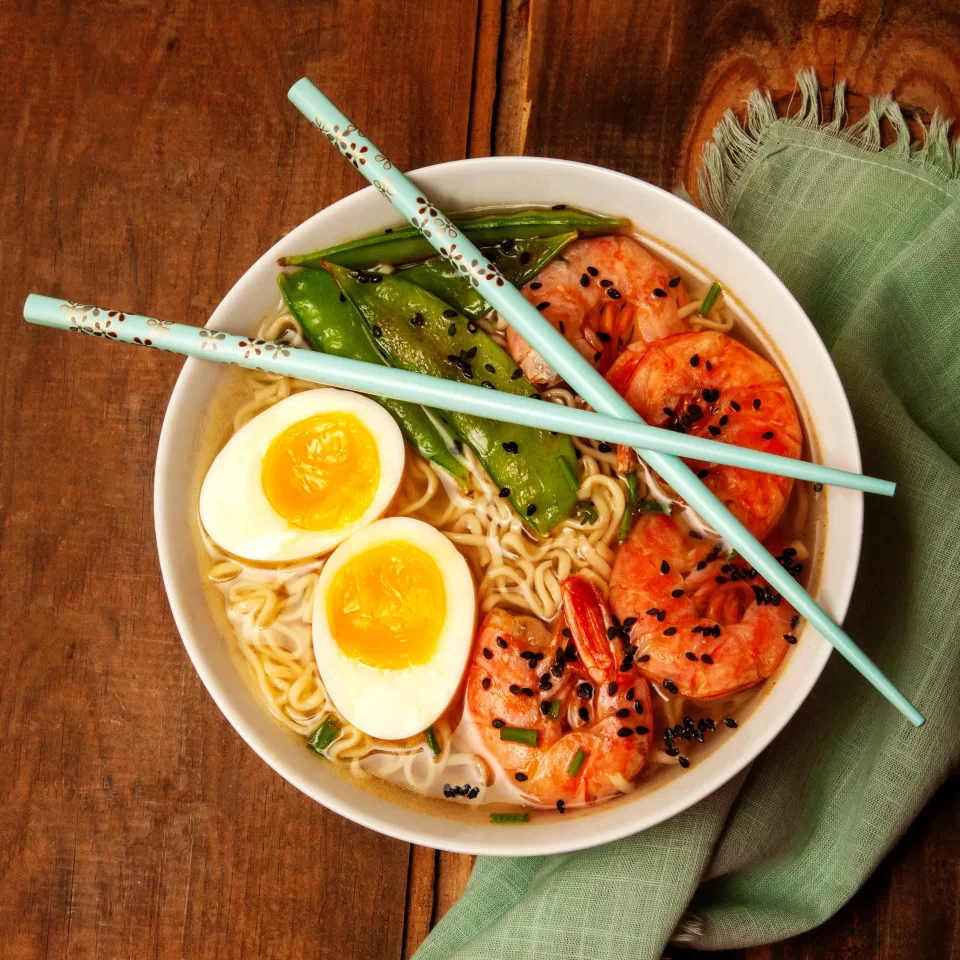
Not far behind in fame is Ramen – the quintessential comfort food adopted from China but modified to suit the local taste buds over generations. Today it stands as one of the most popular food in Japan featuring richly flavored broth infused with soy sauce or miso and accompanied by toppings like sliced pork, green onions, menma (a type of bamboo shoot), and nori (seaweed).
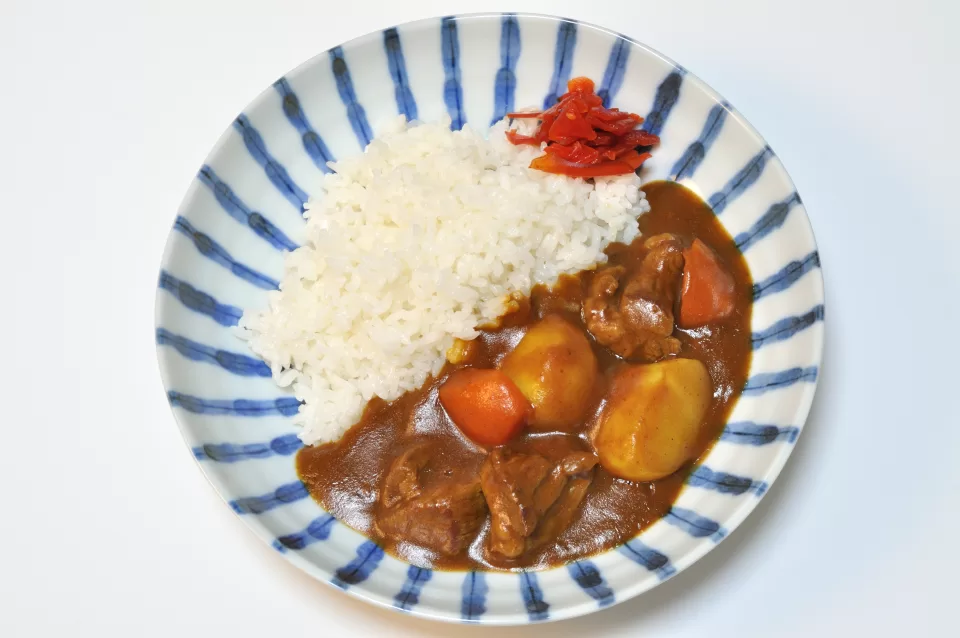
Japanese curry rice also holds a special spot among beloved dishes here – it’s a heartier version than most Asian curries and often contains meat like pork or chicken along with vegetables.
Karaage and Unagi – The Delightful Meat Dishes
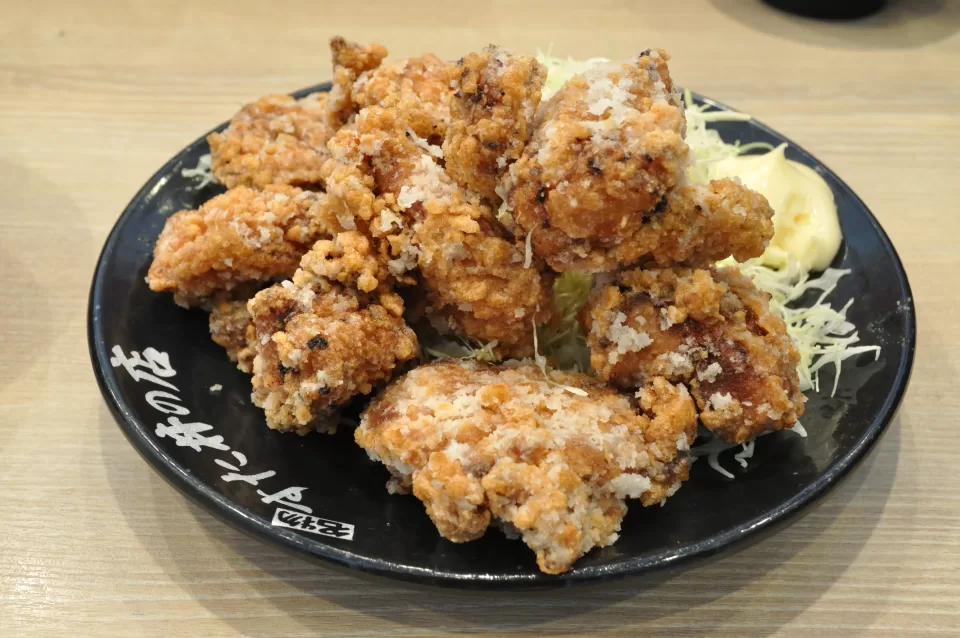
Karaage refers to a popular cooking technique where bite-sized meat (primarily chicken) is marinated primarily in soy sauce, ginger and garlic before being battered and deep-fried – reminiscent of western-style fried chicken but with distinctly more nuanced flavors.
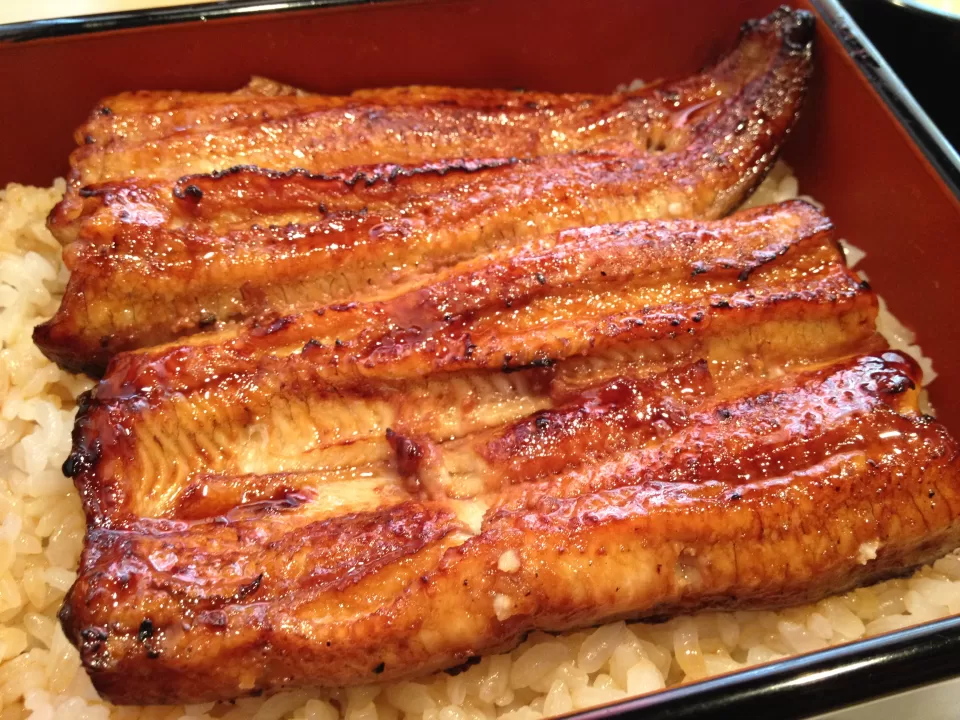
Unagi (grilled eel), meanwhile, is specialized fare wherein freshwater eel varieties are glazed in sweet-soy marinade then grilled over charcoal; serving up an hefty helping of umami-rich satisfaction that’s surprisingly light on the palate.
From Street Food to Fancy Feasts
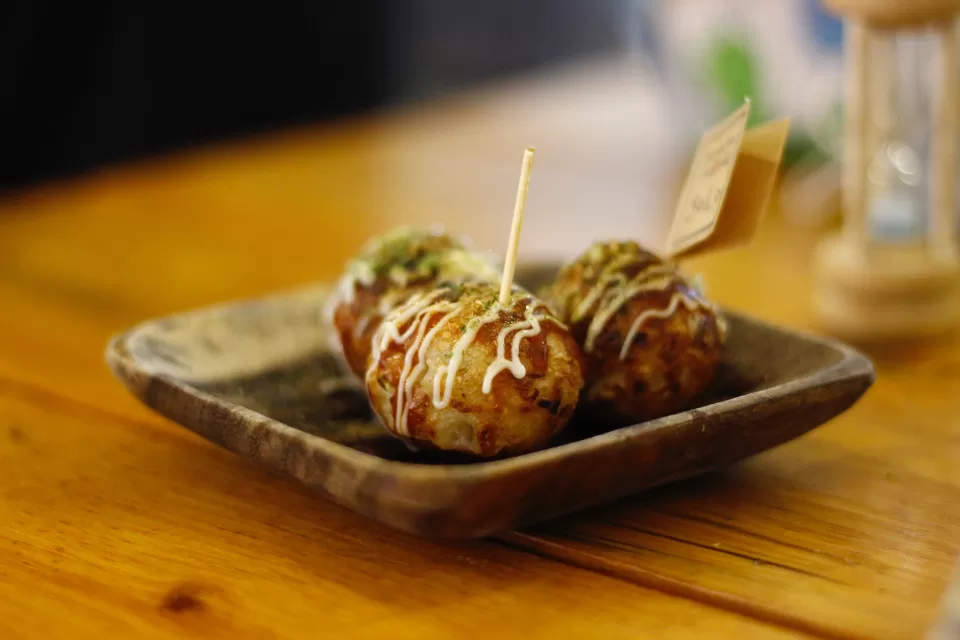
Street food forms an integral part of Japanese food culture. Takoyaki, for instance, is irresistible Osaka street food comprising little balls made from batter filled with diced octopus – crisped up on the outside while remaining pleasingly gooey within.
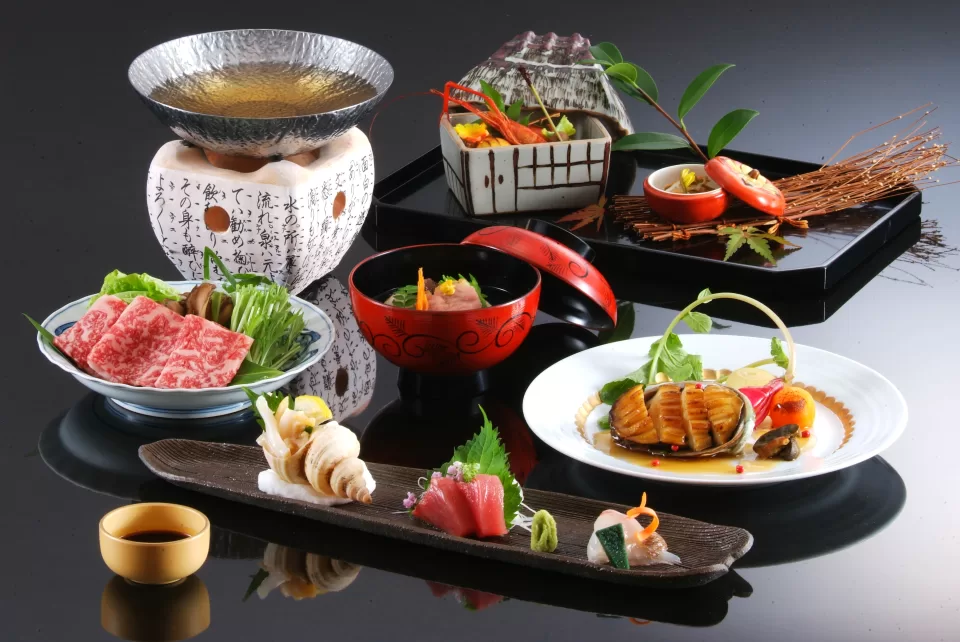
Japanese haute cuisine or Kaiseki brings forth multiple courses showcasing seasonal ingredients prepared meticulously to enhance natural flavors – whether through simmering, grilling or frying – each served course designed aesthetically for visual appeal paralleling their mouthwatering savoriness.
Divine Desserts – A Sweet Ending to a Journey into Japanese Cuisine
Beyond savory dishes are tempting desserts that make up an essential part of any meal in Japan. From delicate dorayaki pancakes filled with sweet red bean paste – reminiscing childhood anime favourite ‘Doraemon’ – to visually stunning Wagashi (traditional sweets often woven into tea ceremonies), these desserts invite you to explore one sweetness-filled adventure after another.
In all its formality or casualness, Japanese food offers multitudes of flavors waiting to be discovered by anyone willing enough to embark upon this culinary journey through unexplored corners marked by cosmopolitan influences and tributes dedicated to unrivalled diversity within food culture vibrantly alive within Nippon’s shores.
Unraveling the Delicacy of Japanese Food: A Rundown of Japanese Dishes You Need To Try FAQ
What is Japanese food known for?
Japanese food is known for its fresh and high-quality ingredients, meticulous preparation, and aesthetically pleasing presentation. It often features a balance of flavors and textures, and highlights the natural flavors of the main ingredients.
Is sushi the only Japanese dish?
No, sushi is just one of the many traditional Japanese dishes. Japanese cuisine has a wide variety of dishes, including other types of raw fish preparations such as sashimi, as well as grilled, steamed, and simmered dishes that showcase different ingredients like meat and vegetables.
Can I make Japanese dishes at home?
Yes, many Japanese dishes can be made at home. With the right ingredients and techniques, you can recreate traditional Japanese flavors in your own kitchen. There are numerous cookbooks, online recipes, and cooking videos available to help you learn and perfect Japanese cooking.
What are some popular Japanese dishes?
Some popular Japanese dishes include sushi, ramen, tempura, udon, yakitori (Japanese grilled skewers), tonkatsu (breaded and deep-fried pork cutlet), and sukiyaki (hot pot stew). These are just a few examples, as Japanese cuisine offers a wide variety of dishes to suit different tastes and preferences.
Are there any specific ingredients used in Japanese cooking?
Yes, there are specific ingredients commonly used in Japanese cooking. Some examples include soy sauce, miso paste, rice vinegar, mirin, dashi (Japanese soup stock), nori (seaweed), wasabi (Japanese horseradish), and tofu. These ingredients contribute to the unique flavors found in Japanese cuisine.
Are there any traditional Japanese sweets?
Yes, traditional Japanese sweets, known as wagashi, are an important part of Japanese culture. They are typically made from rice, beans, or sweet potatoes, and are often delicately crafted into beautiful shapes and designs. Some popular examples include mochi (sweet rice cake), dorayaki (red bean pancake), and yokan (jellied dessert).
